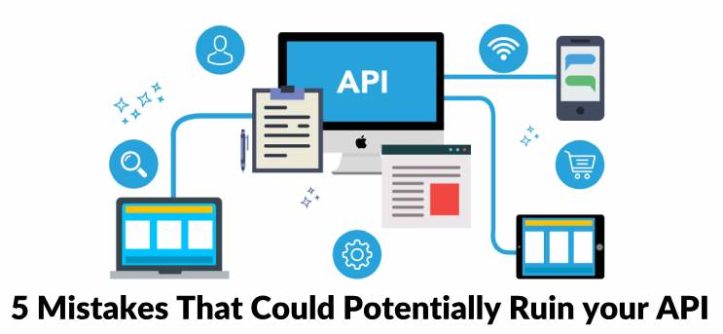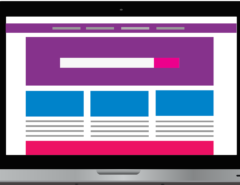The experience in API development taught us that making a good API product is hard work. In this business, the virtue of patience is crucial. There are all sorts of mistakes that could end up hauling your operation if you are not patient and careful while building.
Of course, different types of APIs require different development strategies. And that means the mistakes that could be made are different, depending on the API type. We want to give you an insight into the most common mistakes that are made while developing an API.
By being familiar with all sorts of potential problems, you’ll be able to map out your API lifecycle more precisely. These mistakes can also help you to test API more precisely and allow you to see if you made any mistakes you missed during the initial design process.
Unclear Purpose of Your API
Unclear purposes of software are common to see in this business. When it comes to APIs, they could do all kinds of things without solving the exact problem the developers are looking to resolve. In this situation, confusion is created, and the developers are not sure why, and how to implement your API.
From the beginning, you need to be sure what you are trying to achieve with your API. You also need to know what you don’t want to achieve with it. Doing one thing, but doing it properly is something that is far more important than multiple actions that are not solving any problem. That makes perfect sense.
Lack of Product Ownership
This is especially important for the people who are currently making newer versions of their API. Like any other product you could think of, APIs operate on a product lifecycle. In a certain period of time, that lifecycle is going to mature the product.
If your API has become successful, releasing an updated versions makes perfect sense. Making a strategy is not enough, you need to be a visionary of sorts.
You need to see all the possibilities that could emerge after the release of your APIs first version. After seeing all the possibilities, you need to focus on the future versions of your API.
Trying to Solve Something That Isn`t a Problem
Sometimes, it happens that the developers are paying too much attention to something that is not really an issue. That can result in them failing to attract the part of the audience that is targeted in the API strategy.
To avoid this, you need to map out your API and test it in the scenarios that are common in API usage. Here are a couple of things that should be captured by mapping:
- Defining what is the purpose of your API and what problems does it solve
- Seeing how your API fits in the workflow of an average web developer
- Planning what kind of developers are you targeting with your software
- Seeing how your API is doing while competing with other software
- Discovering how easy it is for your API to be discovered by the developers
Long Design and Delivery Cycles
This one is pretty simple; you just need to find the balance between consumer safety and feedback. Naturally, the feedback loop with your stakeholders is going to be as long as the time needed for consumers to get the product.
Because of the changes that they are requiring, APIs that are not properly made are going to make a serious problem for your customers, and could even jeopardise their programme’s API security.
The answer for resolving this problem is a design-first approach, that will understand what capabilities an API needs to deliver.
This means designing an API that meets those capabilities and delivering them as soon as it is possible. The developers are familiar with how hard it is to edit an existing API design. That makes this even more important.
Knowing When to Deliver Features or Capabilities
Naturally, features and capabilities are not the same things. Learning to separate those two is important because of your future customers. Capabilities will enable your API to do something that was not possible before. Features are mechanisms that will allow your API to achieve those possibilities.
Problems could emerge if you are too focused on the design of an API, that you don`t pay attention to what are the needs of your consumers.
This is a common problem for APIs that are built on top of the database. Sometimes an API could be more focused on delivering the data, rather than the outcomes that are desired.
Conclusion
As we already said, when it comes to APIs, careful planning and patience are crucial during the design process. There is a big number of elements that require your attention. Missing out on developing one of those properly could lead to the failure of your whole project down the line.
While it may seem like these things don’t happen that often, trust us, they definitely do. Changing an API that is already released is really difficult, nearly impossible sometimes, so you need to be careful about what you are doing in the development process.
We hope our article was informative for you and we hope that you enjoyed reading it. If you have something to add or a question that you need an answer to, leave a comment in the comment section. We will respond on a short notice.






Leave a Reply